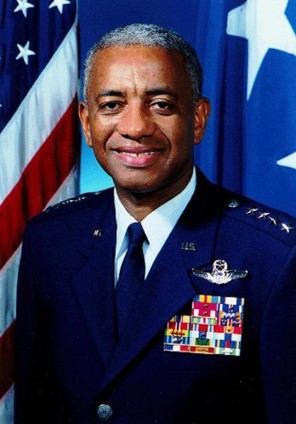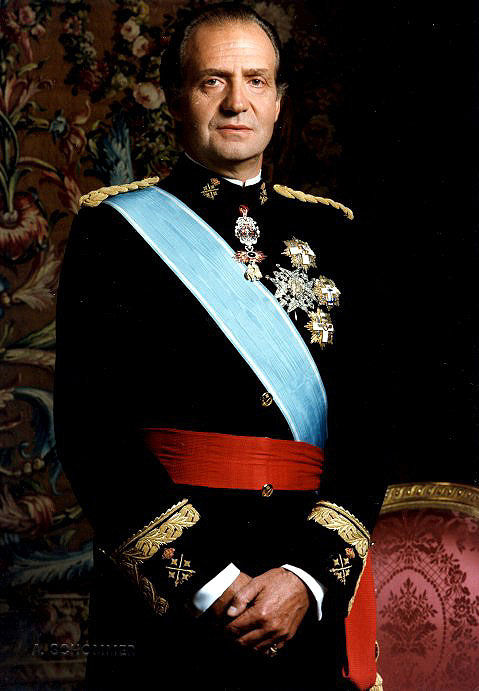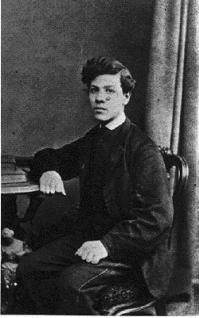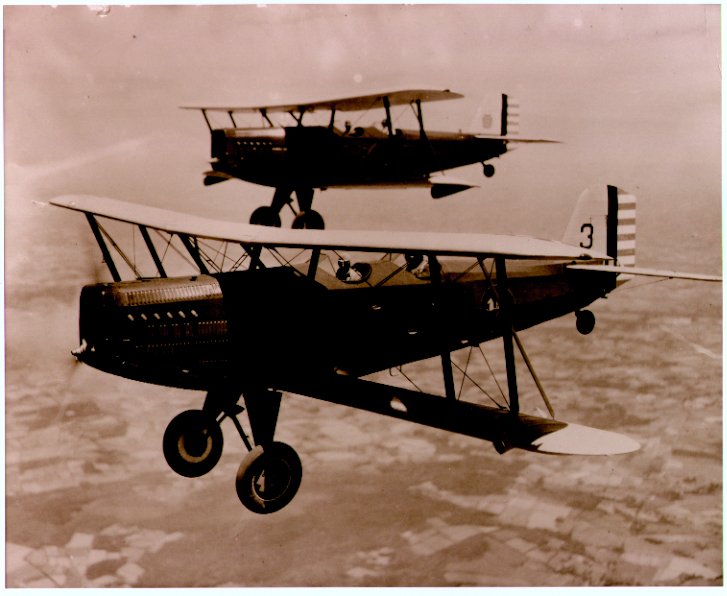
Everyone loves airplanes, but now you can learn how these wonderous craft cruise through the various skies.
An A&A Scienconomy Report:
On the Nature of Aeroplane-Craft
By Ulf Goltschleer, resident scienconomist and inventor of the two-way telescope
Although the Zeppelin Brand Rigid-Frame Air Ships remain the most popular form of atmospheric perambulation, aeroplane-craft are becoming more and more frequent, specifically for their use in the storming of barns and barn-like structures. Many of the public, however, do not understand the physical principles upon which these craft operate. This article shall correct that error.
PART I
The Fuselage
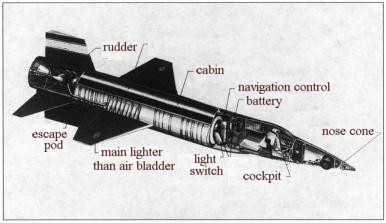
The fuselage is the main part of the aeroplane. Generally tubular in shape, the fuselage contains the main and auxiliary lighter-than-air bladders, as well as, in some cases, a luggage compartment. Luggage is heavier than air, unless passengers bring helium with them
PART II
Lift

Lift is generated by the wing, which uses the aerofoil concept. An aerofoil is a curved wedge shape. When air hits the aerofoil friction heats up the air around the wing, meaning the now heated air molecules move faster around the wing than normal air. As faster air begins to surround the wing it generates lift, as all air is slowly trying to get to space in order to fill up the low-pressure vacuum. Faster air moves up to space more quickly, taking the wing and the aeroplane with it. Wing flaps, located on the wings, cool the air to let the plane land, just like when you blow on hot soup to cool it off.
PART III
Aeroplane Engines

Jet engines are essentially streamlined versions of a car engine. Notice the smoke coming out of the back of a car’s exhaust? That is the same thing as when you see a jet leave a contrail across the sky. Exhaust is generated because an engine is not burning fuel efficiently. Exhaust is just left-over fuel that didn’t burn well. Car engines are very efficient and have just a little exhaust, hence why cars go only about 35mph. Jet engines are horribly inefficient and can go over 400mph, nearly three times faster than your average automobile.


